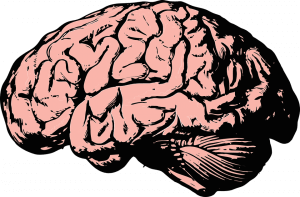
Kumartoli, in Kolkata, is a famous place for being the designer’s abode of thousands of idols that are rolled out each year during the festive season. A group of artisans has been mesmerizing the world with their unique art form. It has always been a male bastion for all these years. A few women have challenged this monopoly of male artisans. These new and determined breeds of women are breathing new life into wet clay to create a goddess that they can relate to.
The few of the extraordinary women folk who were able to carve a niche a niche out for themselves are:
- Mala Pal – Her small room in the narrow lanes of Kumartoli are adorned with several awards that she has won for her art. After quitting formal schooling at the age of 15, she only took up working as a full-time artisan after her father’s death. Today she has earned a place for herself and the idols made by her are exported to various countries in Australia, Canada, and Mala’s forte is the foldable idols that can be easily shipped to foreign locales. She has been successful and is now a famous name in Kumartoli.
- China Pal – China was initiated into this trade by a sudden twist of destiny. A sudden demise of her father and the financial hardship that followed forced China to take up the family business. Twenty-two years and China is today overseeing a team of twelve people working hard to meet the demands of her client. It is not just her profession but her passion that has earned her international fame. China has also participated in the China-South Asia & Southeast Asia Arts Week and Lancang Mekong Arts Festival.
- Kanchi Pal – She is a one-woman army who faced a lot of hardships, competition from her male counterparts to carve a place for her. Today all her idols are in high demand. She is one of the new generations of artists who are well adept in designing contemporary idols. Her idols have also won awards and accolades.
Clad in a sari these women entered this profession, not by choice but sheer coincidence. There have been times when these women have lost faith, but they kept fighting. Over the years, these hard-working women have mastered the art of mixing clay to give the right dimension to the idols that they design with such care. Today they are recognized for their talents globally and often conduct workshops all over the world. They conduct camps and have also ventured into the domain of creating clay jewelry during the lay months.
Branolia Chemicals recognizes the true spirit of these women, embodiments of Durga and Kali in real life.
At Branolia Chemical Works, concern for women and their health needs has always been foremost in our minds. This prompted our research team to bring out the Ayurvedic formulation ‘Kulerron’, which is extremely effective against anemia. With anemia being endemic amongst women in India, we hope to do our bit to meet this health challenge afflicting women effectively.

















